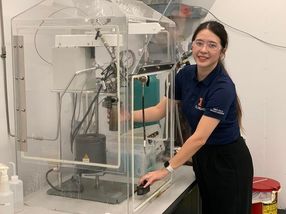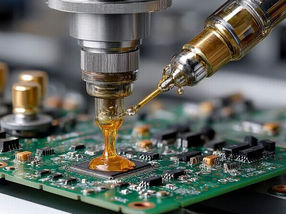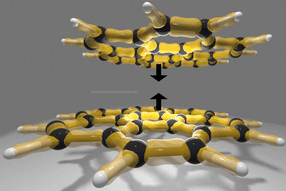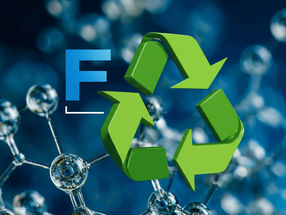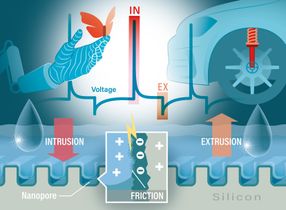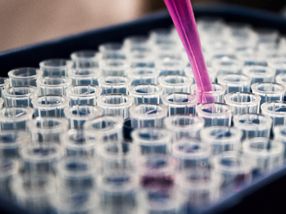Iron nanoparticle catalysts could make CO2 ‘commercially viable feedstock’ for chemical synthesis
Advertisement
A new way of preparing iron-nanoparticle catalysts, which could play an important role in converting Greenhouse Gases to useful organic compounds, has been developed by UK scientists.
The catalyst comprises iron nanoparticles supported on carbon nanotubes. While such chemical architectures usually require multiple preparation steps, Dr Davide Mattia and co-workers have greatly simplified the procedure, using the same iron nanoparticle to both grow the nanotube and perform catalysis.
The catalyst facilitates the reaction of CO2 and CO – both gases contributing the greenhouse effect – with hydrogen, producing a mixture of useful organic starting materials. In a world where oil is an increasingly expensive resource, chemistry such as this could provide an economically viable route towards cleaner organic synthesis, as well as a use for sequestered CO2 from carbon capture and storage projects.
Other news from the department science

Get the chemical industry in your inbox
By submitting this form you agree that LUMITOS AG will send you the newsletter(s) selected above by email. Your data will not be passed on to third parties. Your data will be stored and processed in accordance with our data protection regulations. LUMITOS may contact you by email for the purpose of advertising or market and opinion surveys. You can revoke your consent at any time without giving reasons to LUMITOS AG, Ernst-Augustin-Str. 2, 12489 Berlin, Germany or by e-mail at revoke@lumitos.com with effect for the future. In addition, each email contains a link to unsubscribe from the corresponding newsletter.





